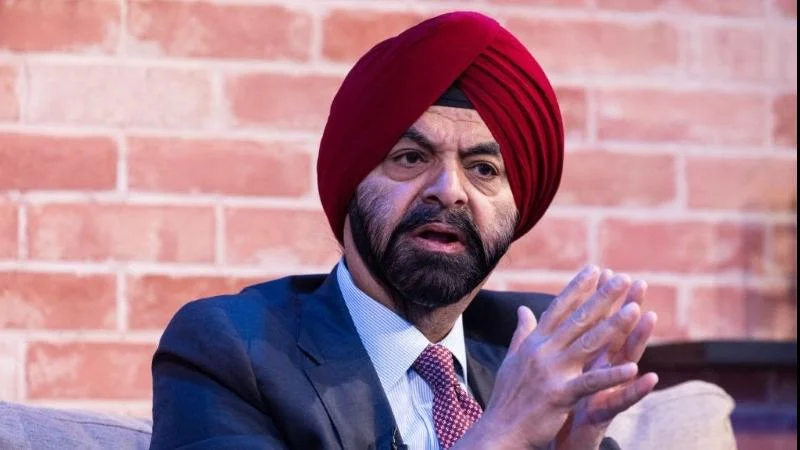World Bank Group President Ajay Banga spoke at the AgriConnect Flagship Event during the 2025 Annual Meetings, emphasizing the importance of agriculture as a driver for job creation, income growth, and food security. In his remarks, Banga highlighted the challenges and opportunities facing developing countries in leveraging agriculture for economic development.
Banga noted that over the next 10 to 15 years, about 1.2 billion young people in developing countries will reach working age, but current projections indicate only about 400 million jobs will be created. He said, "That delta—hundreds of millions—will either power the global economy or spill over into unrest and migration." This demographic trend underscores why job creation has become a central mission for the World Bank Group.
He explained that while most jobs eventually come from the private sector, initial job creation often relies on public sector involvement. The World Bank's strategy follows a three-pillar approach: building infrastructure and skills; creating predictable regulations and a business-friendly environment; and supporting investors with risk management tools to attract capital.
According to Banga, five sectors hold significant potential for job creation: infrastructure, agribusiness, healthcare, tourism, and value-added manufacturing. At the event, he focused on agribusiness due to its central role in meeting rising global food demand and providing employment opportunities.
Banga outlined key resources available in developing regions:
- Africa holds 60 percent of the world’s uncultivated arable land and can increase yields on already farmed land.
- Latin America produces enough food for more than one billion people but faces infrastructure challenges.
- In Asia, smallholder farmers manage most farmland and could benefit from improved technology, finance, and market access.
- Globally, around 500 million smallholders produce 80% of the world’s food but often remain in subsistence farming due to limited access to electricity, storage facilities, training, markets, and commercial finance.
He stated that "the opportunity has been there for decades; what’s changing is our ability to organize at scale to shape the future of food security, nutrition, growth—and employment."
Last year marked the beginning of a new World Bank Group strategy aimed at helping smallholders increase productivity and scale operations while connecting them to structured value chains. The organization also seeks to protect farmers from exploitation by improving access to credit, insurance, and markets. Banga announced an ambition to double agribusiness commitments to $9 billion annually by 2030 while aiming to mobilize an additional $5 billion.
Banga detailed foundational needs such as policy reforms—like land-tenure clarity—and improvements in infrastructure including irrigation systems, rural roads, storage facilities, and reliable power supply. He emphasized support for small farmers through producer organizations that link them with suppliers and lenders.
He stressed that resilience must be built into agricultural systems from the start using heat-tolerant seeds and efficient irrigation techniques. Digital technologies also play a crucial role; basic AI tools can help diagnose crop diseases via mobile phones or assist with fertilizer choices based on local data. "The data trail becomes a credit history; better underwriting lowers the cost of capital; lower costs draw in more lenders," Banga said.
He pointed out practical success stories such as India's Uttar Pradesh region where these strategies have been implemented effectively: "Proof of concept: it works, and it scales."
Banga concluded by noting that successful replication depends on coordinated efforts among governments, businesses, and development partners: "That is what is on display this morning."
The full event can be viewed at AgriConnect: Farms, Firms, and Finance for Jobs.

